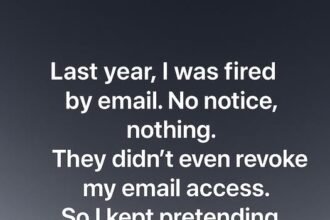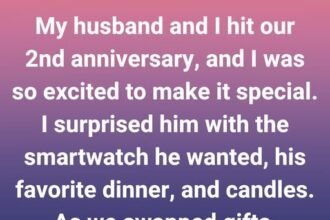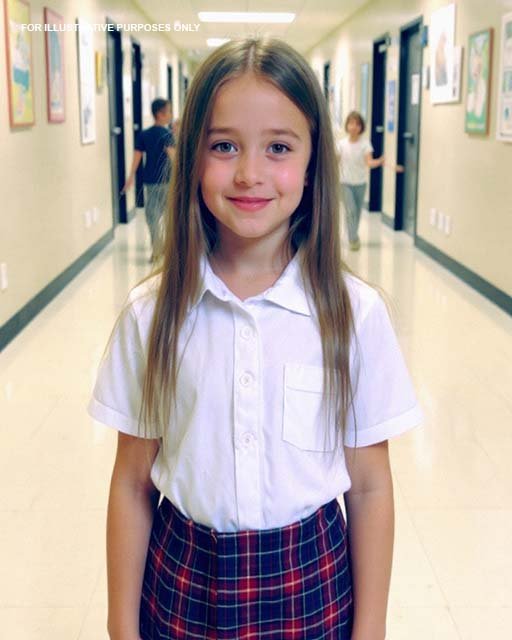I’d been teaching at Oakridge Elementary for almost nine years when I first noticed her, a quiet, polite little girl with a braid too tight and shoes a size too small. Her name was Sophie, and she sat in the third row, right by the window. She wasn’t the kind of student who drew attention; she never raised her hand too much, never talked out of turn.
But she was bright, brilliant, even in the quiet way children sometimes are when they’ve learned too early to stay invisible. It started with lunch. Every day, like clockwork, the bell would ring, and the classroom would erupt in chaos.
Lunchboxes would pop open, juice boxes would spill, and kids would trade sandwiches and giggle about who got the better deal. And every day, Sophie would stay in her seat for a moment, pretending to rummage through her backpack. Then she’d pull out the same faded lunch bag, light blue with a worn-out unicorn print, and set it neatly on her desk.
I watched her one day, just by chance, as I packed up a few papers. She unzipped the bag, peeked inside, and then zipped it back up again without taking anything out. When I walked over, she smiled quickly, like she’d been caught doing something wrong.
“Not hungry today, Sophie?” I asked. She shook her head. “No, thank you.
I had a big breakfast.”
It sounded rehearsed. The next day was the same. The next week too.
Always the same bag, the same polite smile, the same “I’m not hungry.”
At first, I didn’t think too much of it. Kids have all kinds of eating quirks. Some are picky, some forget, some get distracted.
But after two months, when I realized I had never once seen her eat anything at all, not even a snack, I started to worry. I brought it up with the school counselor, Mrs. Patel, over coffee one morning.
“She’s one of the sweetest kids in the class,” I said, stirring sugar into my cup. “But I don’t think she’s eating. Ever.
Not at lunch, not at snack time. I’ve even seen her give her milk carton to another student.”
Mrs. Patel frowned.
“Have you talked to her parents?”
“Not yet. I didn’t want to jump to conclusions.”
She nodded. “It could be several things.
Food insecurity, maybe. Or she’s just embarrassed. Some kids don’t like people seeing what they bring for lunch.
Keep an eye on her. If it keeps happening, let’s set up a meeting.”
I nodded, but something about it didn’t sit right. That Friday, I brought in extra sandwiches for the class, just simple peanut butter and jelly ones, nothing fancy.
“I made too many,” I told them, smiling. “Anyone who wants one can grab it.”
Every hand shot up except Sophie’s. “Sophie,” I said gently, holding one out.
“You sure you don’t want one? They’re fresh.”
She hesitated, her eyes flicking to the sandwich, then to the other kids. “No, thank you.
I’m really not hungry.”
But there was something in her expression, a flicker of longing, there and gone so fast I almost missed it. That night, I couldn’t stop thinking about it. I remembered something else too: at the start of the year, we’d asked all parents to fill out a form about allergies, medical needs, and emergency contacts.
The story doesn’t end here — it continues on the next page.
Tap READ MORE to discover the rest 🔎👇





